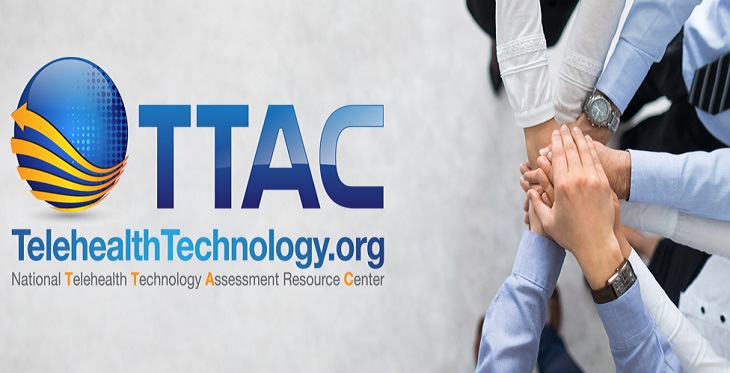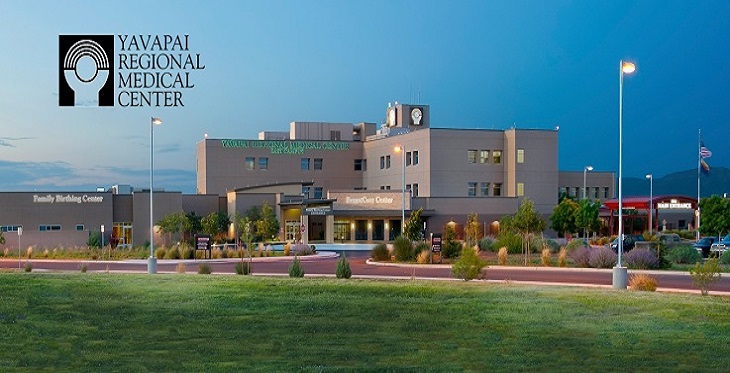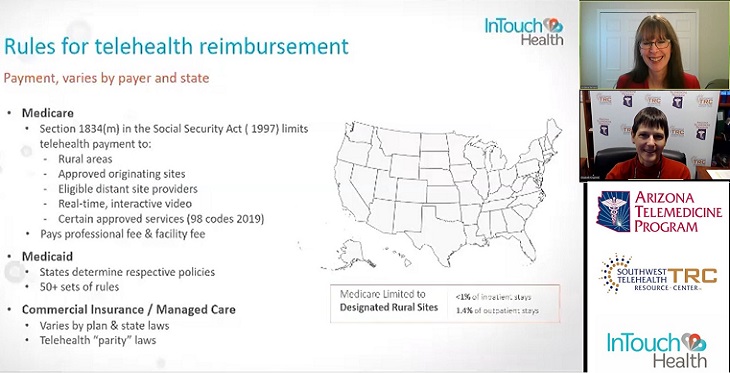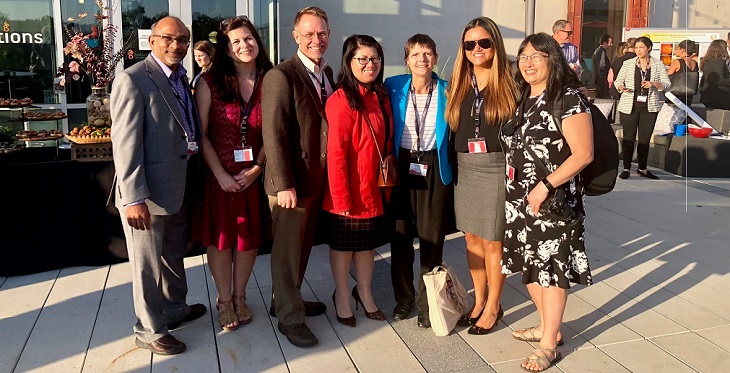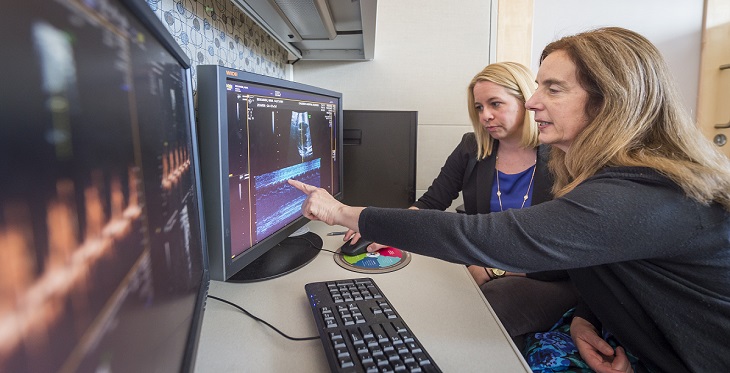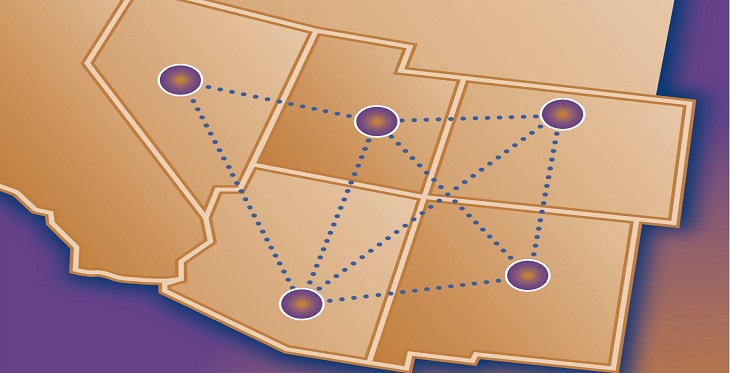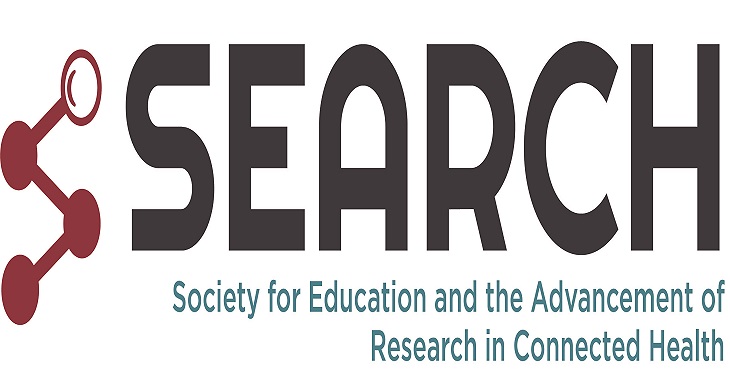
2018 had many successes in the telehealth arena – check out some of our past blogs for highlights! There is, however, still much to be accomplished, so looking forward we asked our colleagues around the country what they are looking forward to in 2019. We hope you find some inspiration, new directions and novel ideas in these thoughts to help guide your 2019 adventures in telehealth!
Elizabeth A Krupinski, Ph.D.
Co-Director, Southwest Telehealth Resource Center
The SWTRC is looking forward to watching trends in artificial intelligence (AI) and how it can not only impact Telehealth and healthcare in general, but how AI companies and investigators will effectively and efficiently integrate AI into the clinical information environment and workflow. Being embedded in an academic environment also provides us with some unique opportunities to partner on grants with others developing and expanding their Telehealth footprint, and the SWTRC looks forward to be a vital part of these grants and helping provide training and related Telehealth expertise.
Ronald S. Weinstein, MD, FCAP, FATA
Co-Director, Southwest Telehealth Resource Center
I'm looking forward to leveraging the vast potential that emerging 5G mobile cellular phone technologies promise to deliver to the health care industry. 5G delivers gigabit speeds, reduced latency, higher system capacity, and the massive device connectivity needed for optimizing personalized patient care. 5G networks will enable new classes of digital technologies aimed at improving treatment outcomes. Telehealth's "e-classrooms–of-the future" will promote greater patient participation in their personal healthcare teams while addressing, at the same time, the need for significant improvements in US population health literacy across the entire country.
